Home>Furniture & Design>Outdoor Furniture>What Type Of Pipe For Outdoor Water Line
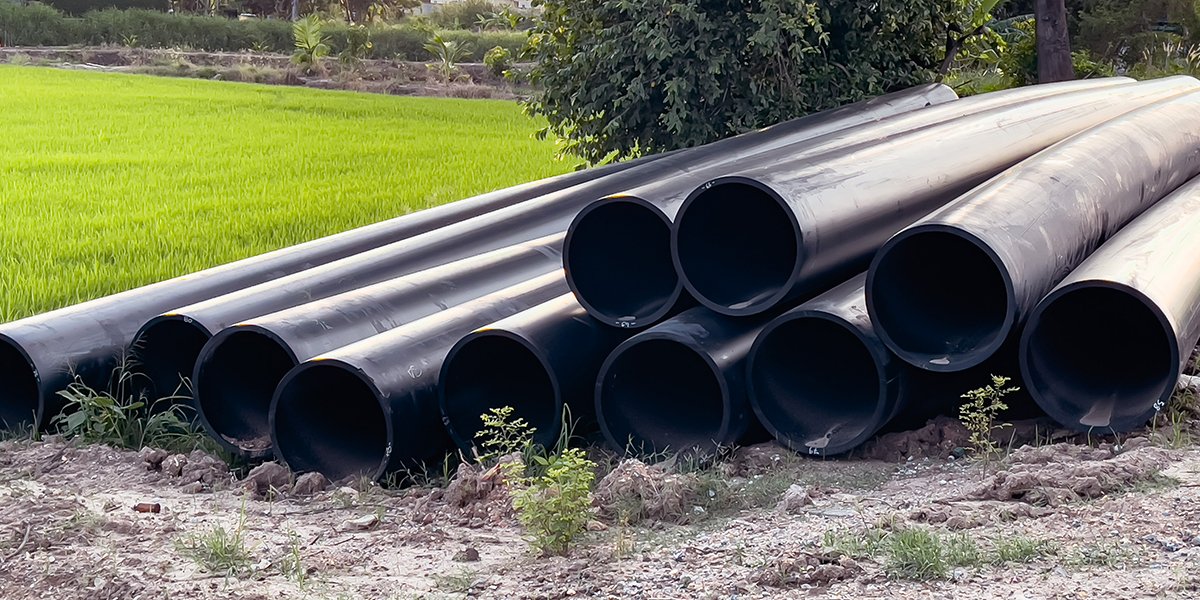

Outdoor Furniture
What Type Of Pipe For Outdoor Water Line
Published: January 13, 2024
Discover the best type of pipe for your outdoor water line to ensure durability and reliability. Explore our outdoor furniture, furniture, and design options for a stylish and functional outdoor space.
(Many of the links in this article redirect to a specific reviewed product. Your purchase of these products through affiliate links helps to generate commission for Storables.com, at no extra cost. Learn more)
Introduction
Welcome to the world of outdoor furniture and design! As you embark on the journey of creating your ideal outdoor oasis, it’s essential to consider every aspect, including the often-overlooked outdoor water lines. The type of pipe you choose for your outdoor water line can significantly impact the functionality and longevity of your outdoor space. From PVC to copper, each pipe material comes with its unique set of characteristics and benefits. Let’s delve into the world of outdoor water line pipes to discover the best option for your specific needs.
Key Takeaways:
- PVC pipes are a reliable and affordable choice for outdoor water lines, offering durability, resistance to corrosion, and ease of installation. They provide a robust solution for sprinkler systems and outdoor faucets.
- PEX pipes offer a flexible and durable solution for outdoor water lines, with resistance to corrosion and extreme temperatures. Their color-coding simplifies installation, making them ideal for water features and irrigation systems.
Read more: How To Thaw Outdoor Water Pipes
PVC Pipe
When it comes to outdoor water lines, PVC (polyvinyl chloride) pipes are a popular choice due to their durability, affordability, and ease of installation. These pipes are resistant to corrosion and chemical damage, making them an ideal option for outdoor applications. Additionally, PVC pipes are lightweight and flexible, allowing for straightforward maneuverability during installation.
One of the key advantages of PVC pipes is their resistance to bacterial growth, which ensures the delivery of clean and uncontaminated water. This feature is particularly important for outdoor water lines, where exposure to environmental elements is inevitable. Furthermore, PVC pipes are known for their longevity, with a lifespan that can exceed 100 years when properly installed and maintained.
It’s important to note that PVC pipes are available in different schedules, denoting their thickness and pressure-bearing capacity. For outdoor water lines, schedule 40 PVC pipes are commonly used due to their robustness and ability to withstand varying weather conditions. These pipes are suitable for both underground and above-ground installations, providing versatility for outdoor water line projects.
When considering PVC pipes for outdoor water lines, it’s crucial to ensure proper insulation in colder climates to prevent freezing and potential damage. Additionally, UV-resistant PVC pipes are recommended for above-ground installations to mitigate the effects of prolonged sun exposure.
In summary, PVC pipes are a reliable and cost-effective choice for outdoor water lines, offering durability, resistance to corrosion, and ease of installation. Whether you’re setting up a sprinkler system or connecting outdoor faucets, PVC pipes provide a robust solution for your outdoor water distribution needs.
PEX Pipe
PEX (cross-linked polyethylene) pipes have gained widespread popularity in the outdoor furniture and design industry due to their flexibility, durability, and versatility. These pipes are known for their ability to withstand extreme temperatures, making them suitable for a wide range of outdoor applications, including water line installations.
One of the primary advantages of PEX pipes is their flexibility, which allows for easier installation in challenging outdoor environments. Whether navigating around obstacles or threading through tight spaces, the pliability of PEX pipes simplifies the installation process, reducing the need for additional fittings and connectors.
Furthermore, PEX pipes are highly resistant to corrosion and chemical damage, ensuring longevity and minimal maintenance for outdoor water lines. Their ability to expand and contract without compromising structural integrity makes them particularly well-suited for regions prone to temperature fluctuations and freeze-thaw cycles.
PEX pipes are available in different colors, with red and blue variants commonly used for hot and cold water lines, respectively. This color-coding simplifies the installation and maintenance of outdoor water lines, providing clear visual differentiation between supply lines.
It’s important to note that PEX pipes can be utilized for both underground and above-ground outdoor water line installations, offering adaptability to diverse outdoor design requirements. When exposed to sunlight, UV-resistant PEX pipes are recommended to mitigate potential degradation from prolonged UV exposure.
In summary, PEX pipes offer a flexible, durable, and corrosion-resistant solution for outdoor water lines, catering to the dynamic needs of outdoor furniture and design projects. Whether you’re constructing a water feature or establishing a comprehensive irrigation system, PEX pipes provide a reliable and adaptable option for your outdoor water distribution needs.
Use PEX or PVC pipes for outdoor water lines. They are resistant to corrosion, easy to install, and can withstand freezing temperatures. Make sure to bury them below the frost line for protection.
Copper Pipe
Renowned for its longevity and reliability, copper pipes have been a staple in the outdoor furniture and design industry for outdoor water line installations. The inherent corrosion resistance and durability of copper make it an enduring choice for outdoor applications, particularly in areas where water quality and longevity are paramount concerns.
One of the key advantages of copper pipes is their exceptional resistance to corrosion, rust, and degradation, ensuring the delivery of clean and uncontaminated water throughout their extensive lifespan. Additionally, copper pipes are inherently antimicrobial, further enhancing the purity of the distributed water in outdoor settings.
Furthermore, copper pipes are known for their thermal conductivity, making them an ideal choice for outdoor water lines in regions with extreme temperature variations. Whether enduring freezing winters or scorching summers, copper pipes maintain their structural integrity and performance, providing a reliable water distribution solution for outdoor spaces.
It’s important to highlight the aesthetic appeal of copper pipes, which develop a distinctive patina over time, adding a touch of elegance to outdoor water line installations. This natural aging process enhances the visual allure of outdoor spaces, complementing various design themes and architectural styles.
While copper pipes are predominantly used for underground outdoor water line installations, they can also be employed for above-ground applications, especially in areas where the visual appeal of the pipes contributes to the overall outdoor design aesthetic.
In summary, copper pipes offer unparalleled durability, corrosion resistance, and aesthetic appeal, making them a timeless choice for outdoor water line installations. Whether you’re designing a sophisticated outdoor kitchen or establishing a comprehensive water supply network for outdoor amenities, copper pipes provide a robust and visually appealing solution for your outdoor water distribution needs.
Galvanized Steel Pipe
Galvanized steel pipes have long been recognized for their robustness and resilience, making them a popular choice for outdoor water line installations in the realm of outdoor furniture and design. These pipes are renowned for their exceptional strength and corrosion resistance, offering a reliable solution for outdoor water distribution in diverse environmental conditions.
One of the key advantages of galvanized steel pipes is their unparalleled durability, capable of withstanding the rigors of outdoor exposure, including fluctuating temperatures and environmental elements. The galvanization process, which involves coating the steel with a protective layer of zinc, enhances the corrosion resistance of the pipes, ensuring prolonged service life in outdoor settings.
Furthermore, galvanized steel pipes exhibit exceptional mechanical strength, making them suitable for high-pressure water line applications in outdoor spaces. Whether facilitating water supply to outdoor showers, fountains, or irrigation systems, these pipes offer robust performance and structural integrity.
It’s important to note that galvanized steel pipes are primarily utilized for above-ground outdoor water line installations, where their rugged appearance contributes to a utilitarian aesthetic. Their corrosion-resistant properties and weatherproof characteristics make them an ideal choice for outdoor water distribution systems that require long-term reliability and minimal maintenance.
While galvanized steel pipes are renowned for their durability, it’s essential to consider their weight and installation requirements, particularly in above-ground applications. Proper support and fastening mechanisms are crucial to ensure the stability and longevity of galvanized steel pipe installations in outdoor settings.
In summary, galvanized steel pipes offer exceptional strength, corrosion resistance, and longevity, making them a robust choice for above-ground outdoor water line installations. Whether you’re designing a functional outdoor water feature or establishing a comprehensive water distribution network for outdoor amenities, galvanized steel pipes provide a reliable and durable solution for your outdoor water distribution needs.
Read more: What Is A Water Line Plumbing
Polyethylene Pipe
Polyethylene pipes, commonly referred to as PE pipes, have emerged as a versatile and cost-effective solution for outdoor water line installations within the outdoor furniture and design domain. These pipes offer a combination of durability, flexibility, and chemical resistance, catering to a wide array of outdoor water distribution requirements.
One of the primary advantages of polyethylene pipes is their flexibility, which simplifies the installation process in challenging outdoor environments. Whether navigating around landscaping features or accommodating irregular terrain, the pliability of PE pipes allows for seamless installation, reducing the need for complex fittings and connectors.
Furthermore, polyethylene pipes are highly resistant to corrosion and chemical damage, ensuring longevity and minimal maintenance in outdoor settings. Their ability to withstand environmental elements, including soil movement and external impacts, makes them an ideal choice for underground outdoor water line installations.
PE pipes are available in various types, including high-density polyethylene (HDPE) and cross-linked polyethylene (PEX), each offering distinct characteristics suitable for different outdoor water distribution applications. HDPE pipes, known for their strength and durability, are commonly employed for underground water line installations, providing long-term reliability and leak-free performance.
It’s important to highlight the UV resistance of polyethylene pipes, particularly for above-ground installations in outdoor spaces. UV-stabilized PE pipes are designed to withstand prolonged exposure to sunlight, ensuring minimal degradation and maintaining their structural integrity over extended periods.
In summary, polyethylene pipes offer a versatile, durable, and corrosion-resistant solution for outdoor water line installations, accommodating the dynamic requirements of outdoor furniture and design projects. Whether you’re establishing an underground irrigation system or configuring above-ground water supply networks for outdoor amenities, polyethylene pipes provide a reliable and adaptable option for your outdoor water distribution needs.
Frequently Asked Questions about What Type Of Pipe For Outdoor Water Line
Was this page helpful?
At Storables.com, we guarantee accurate and reliable information. Our content, validated by Expert Board Contributors, is crafted following stringent Editorial Policies. We're committed to providing you with well-researched, expert-backed insights for all your informational needs.
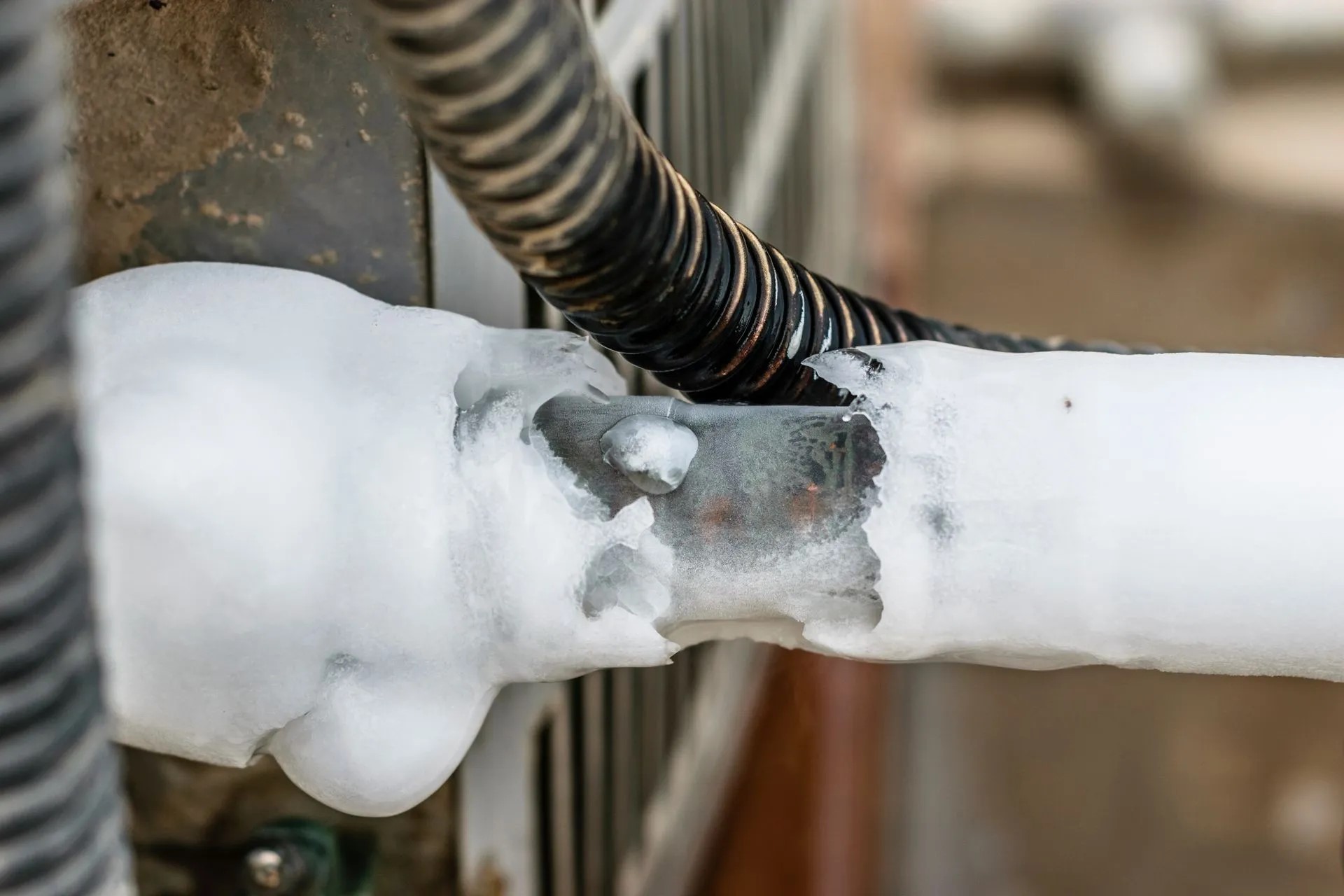
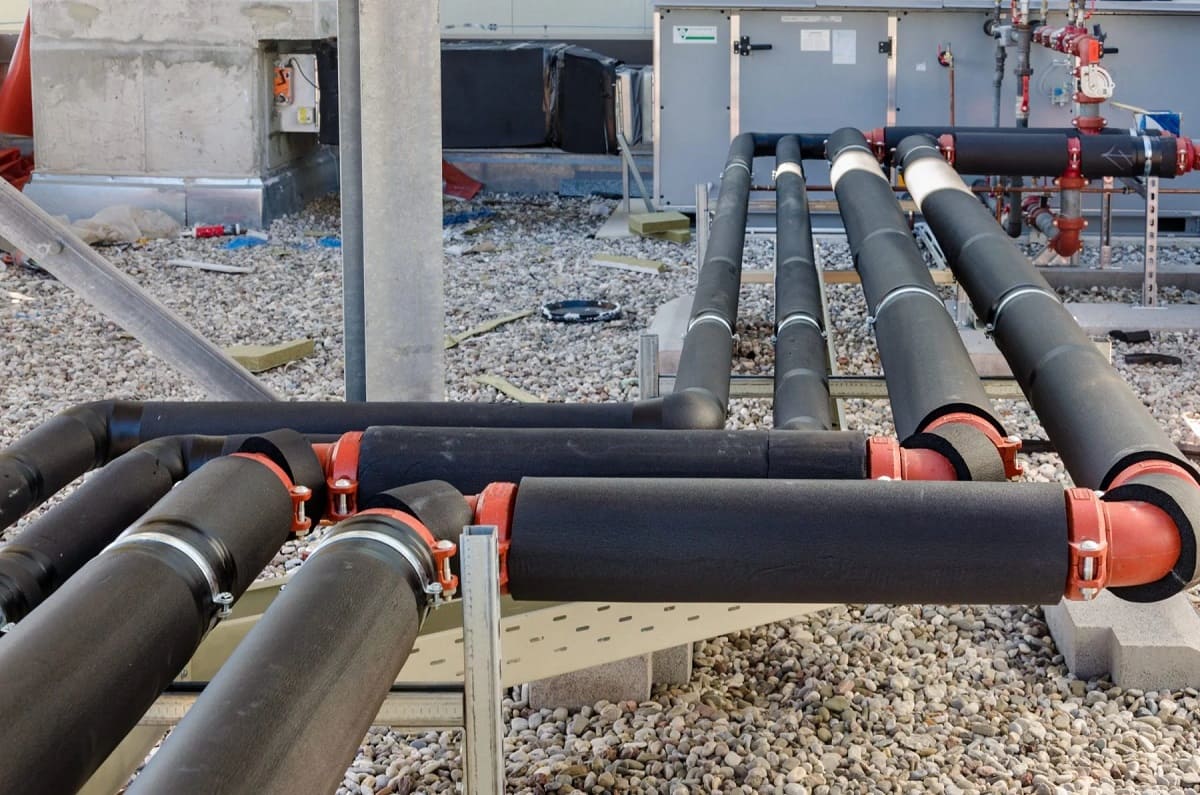
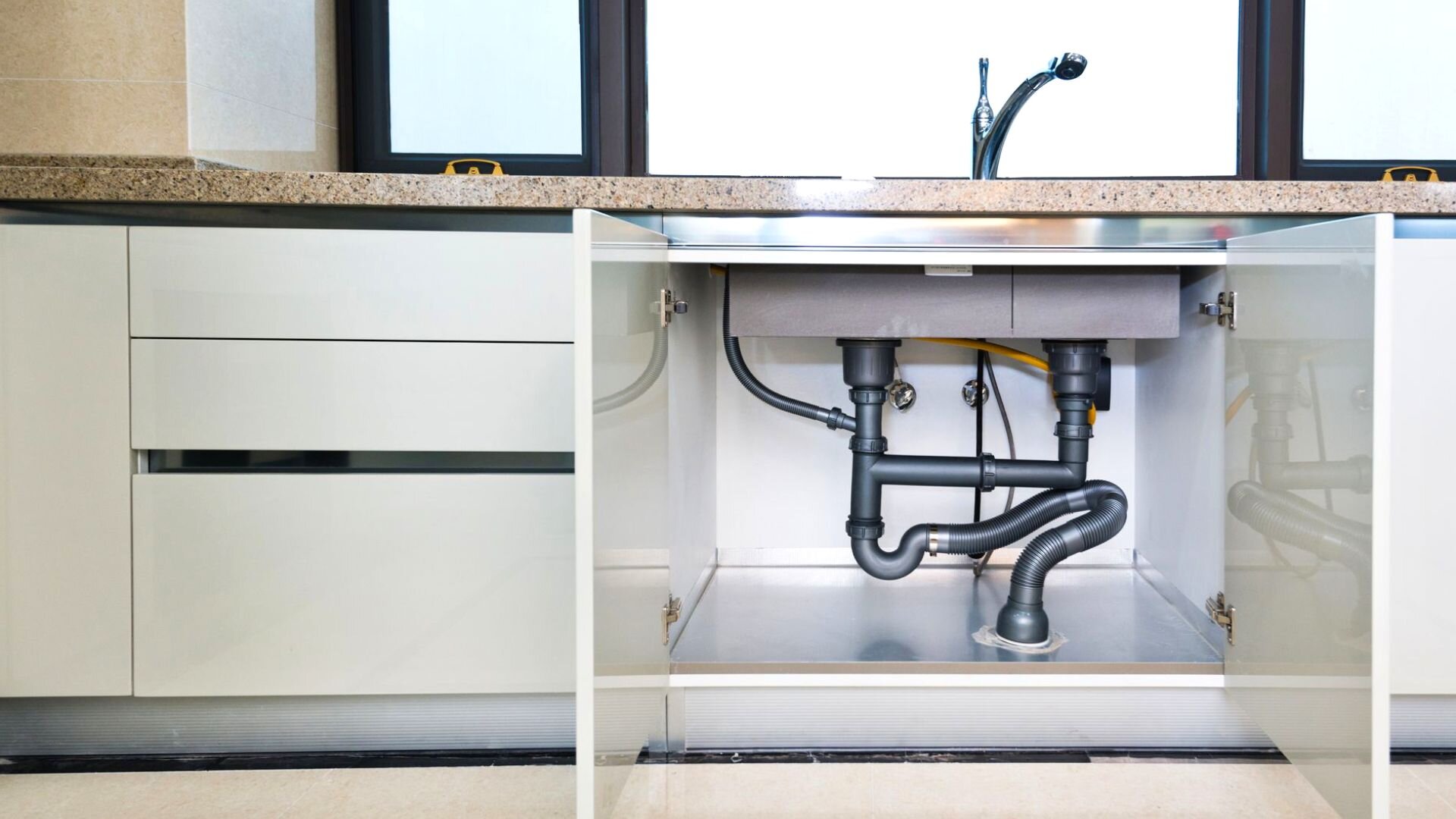
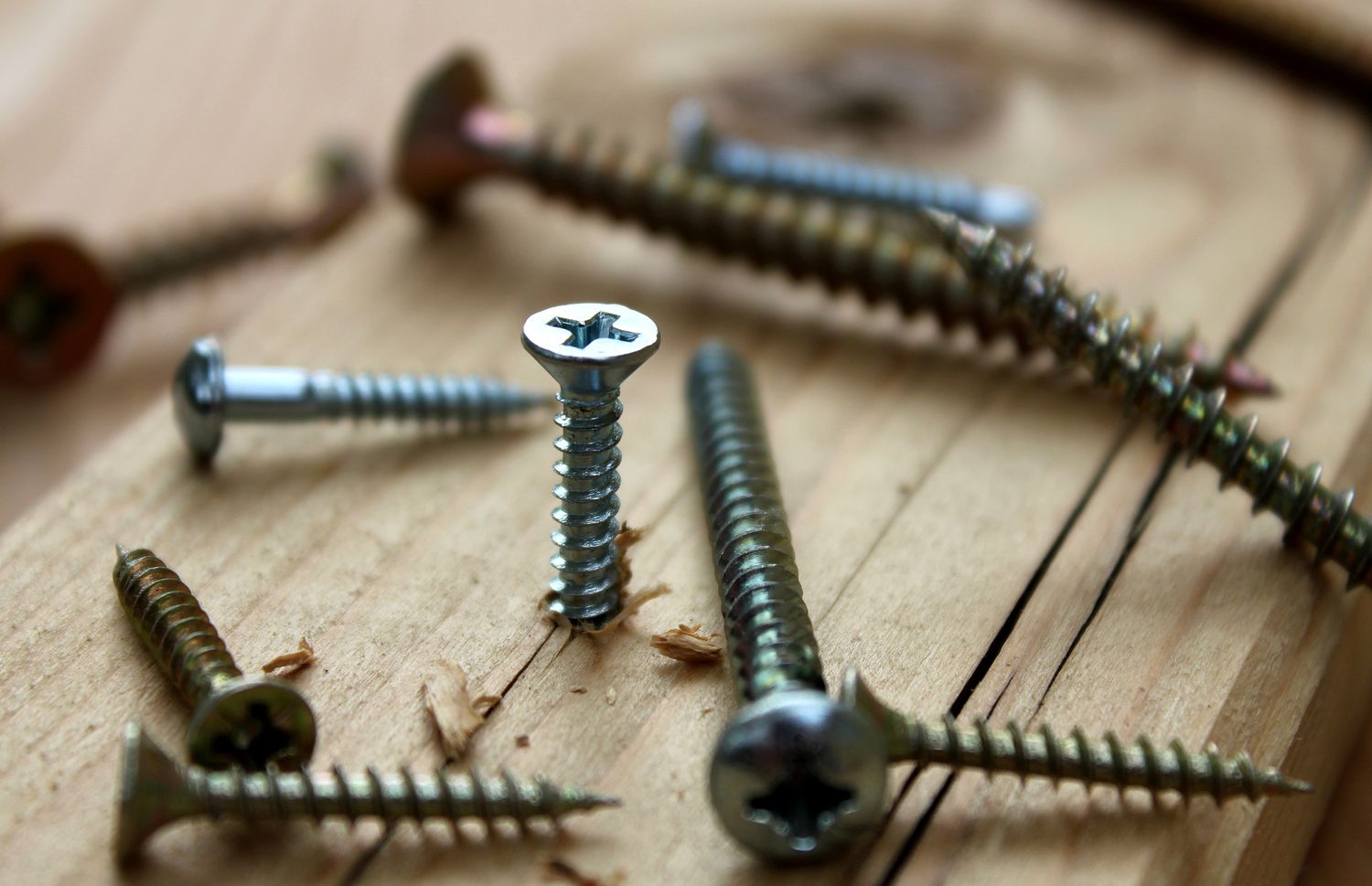
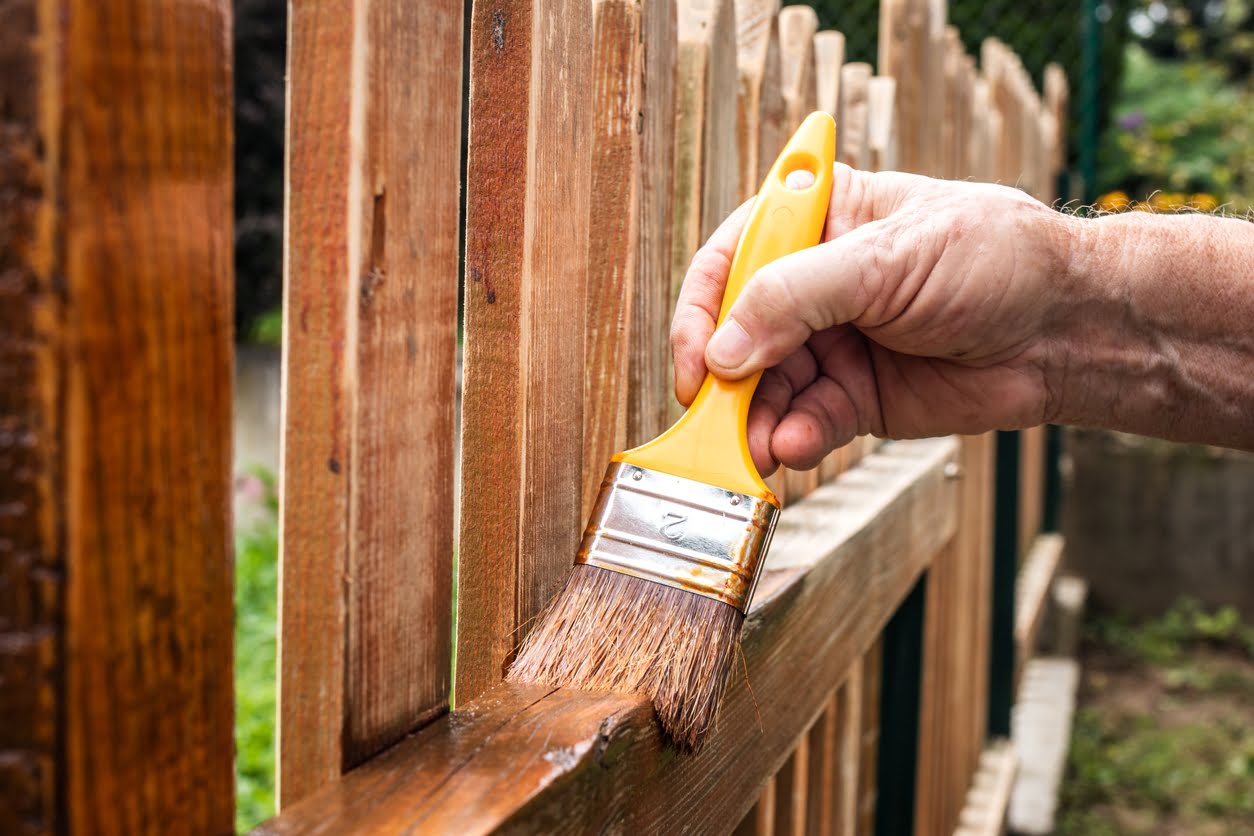
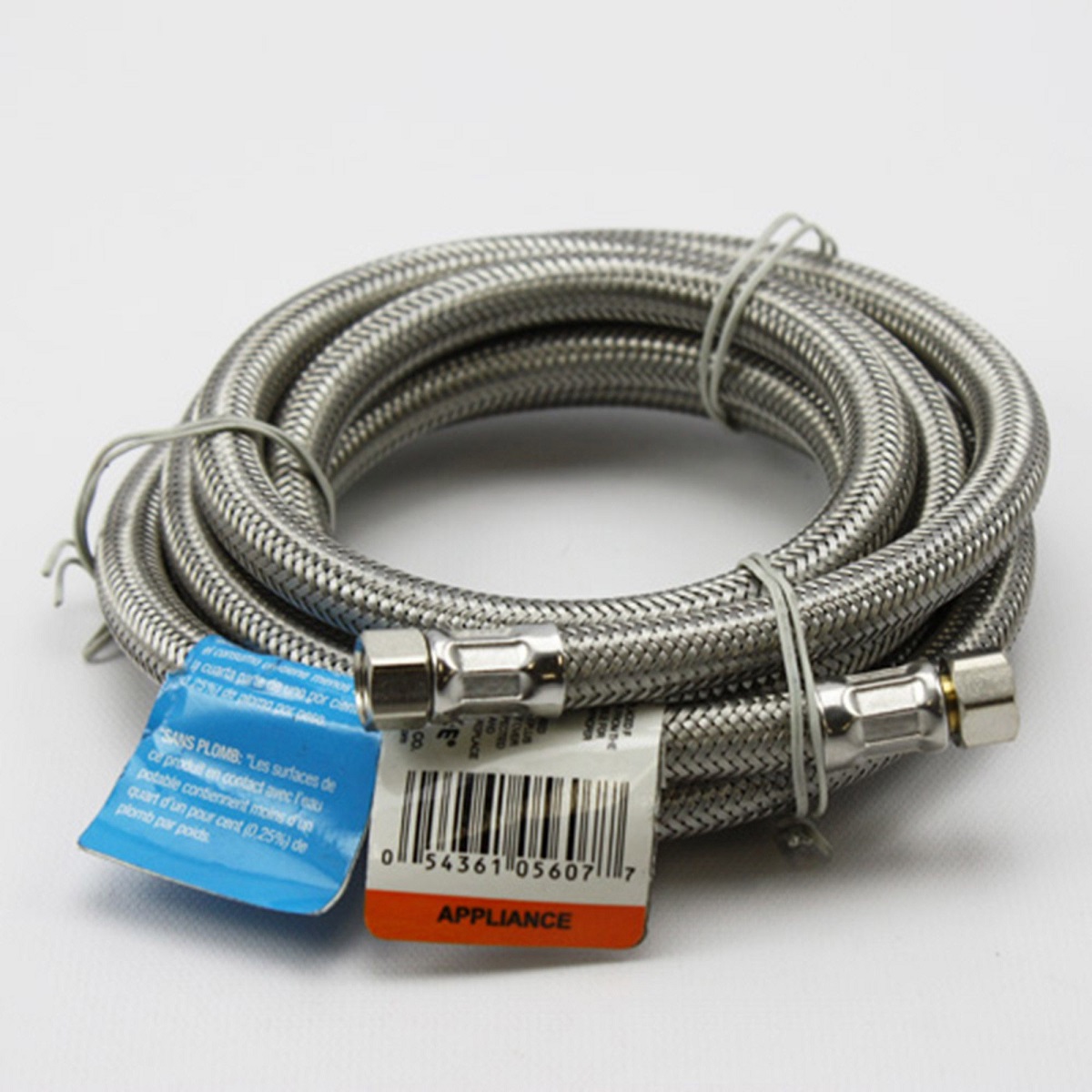
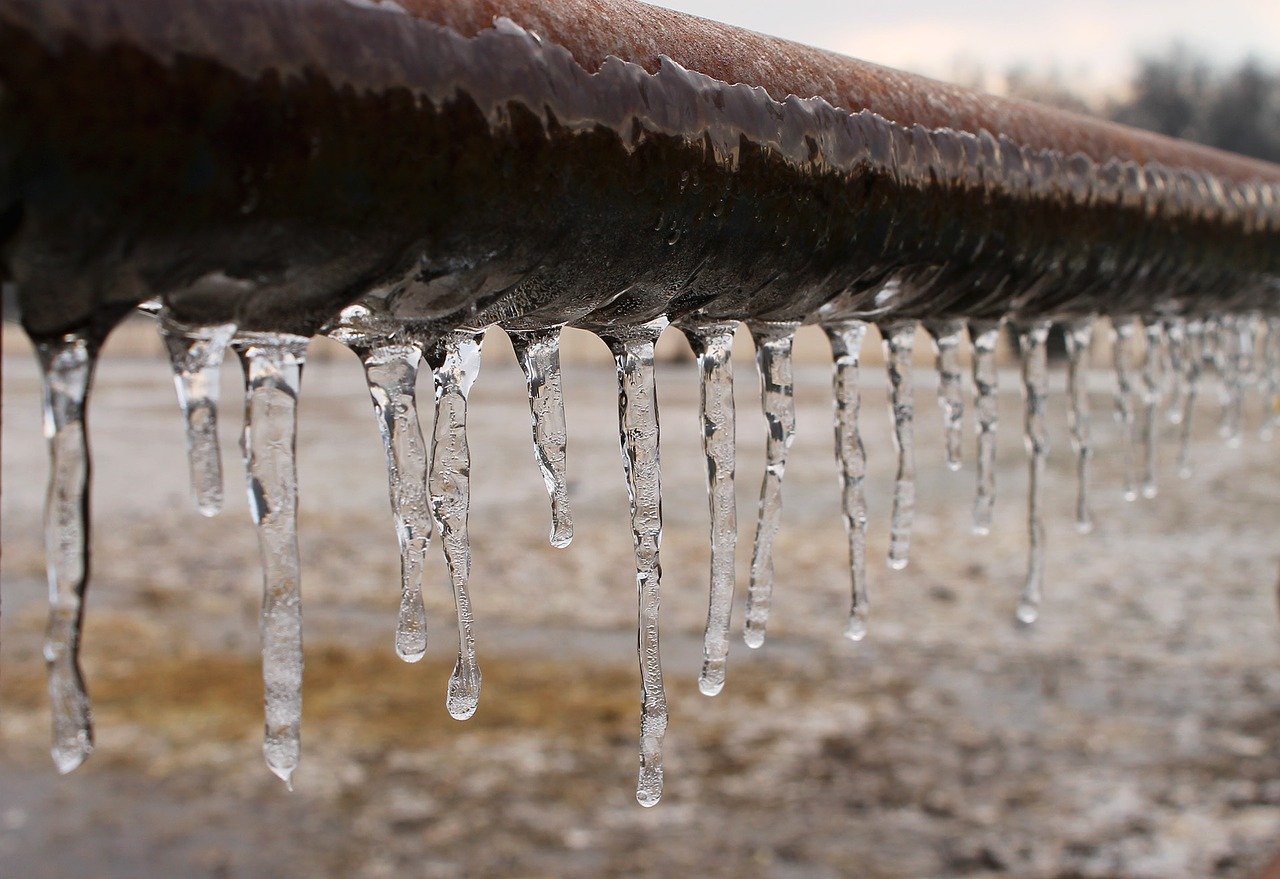
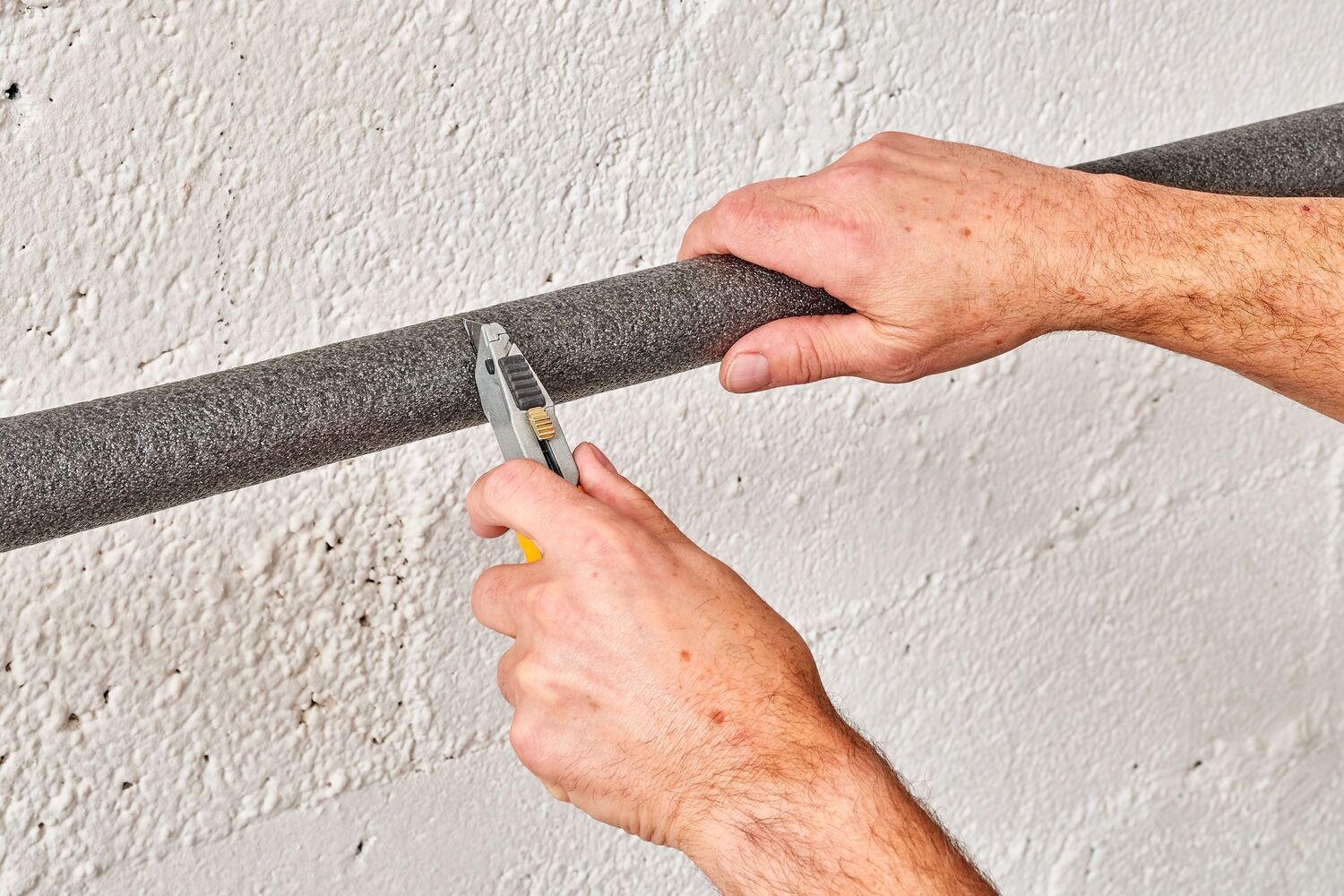
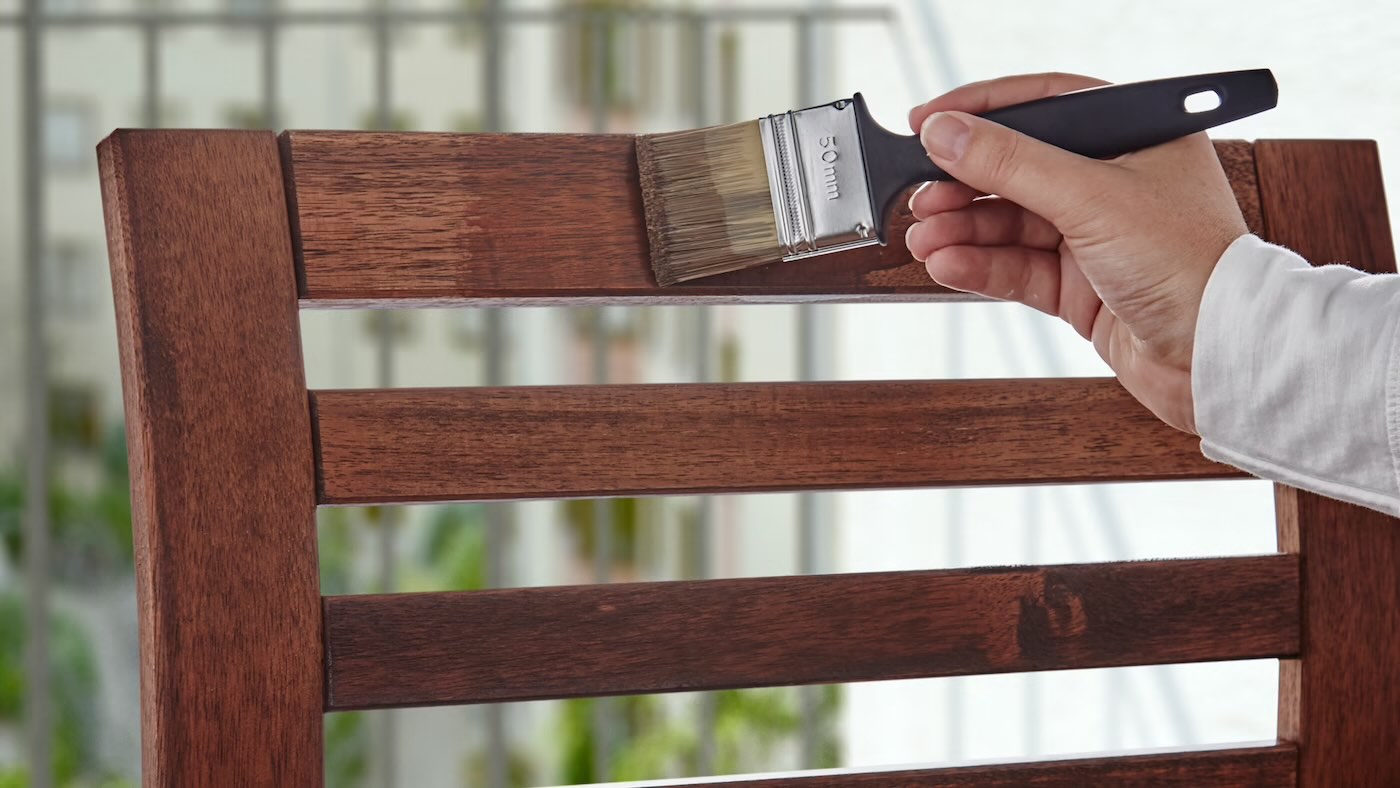
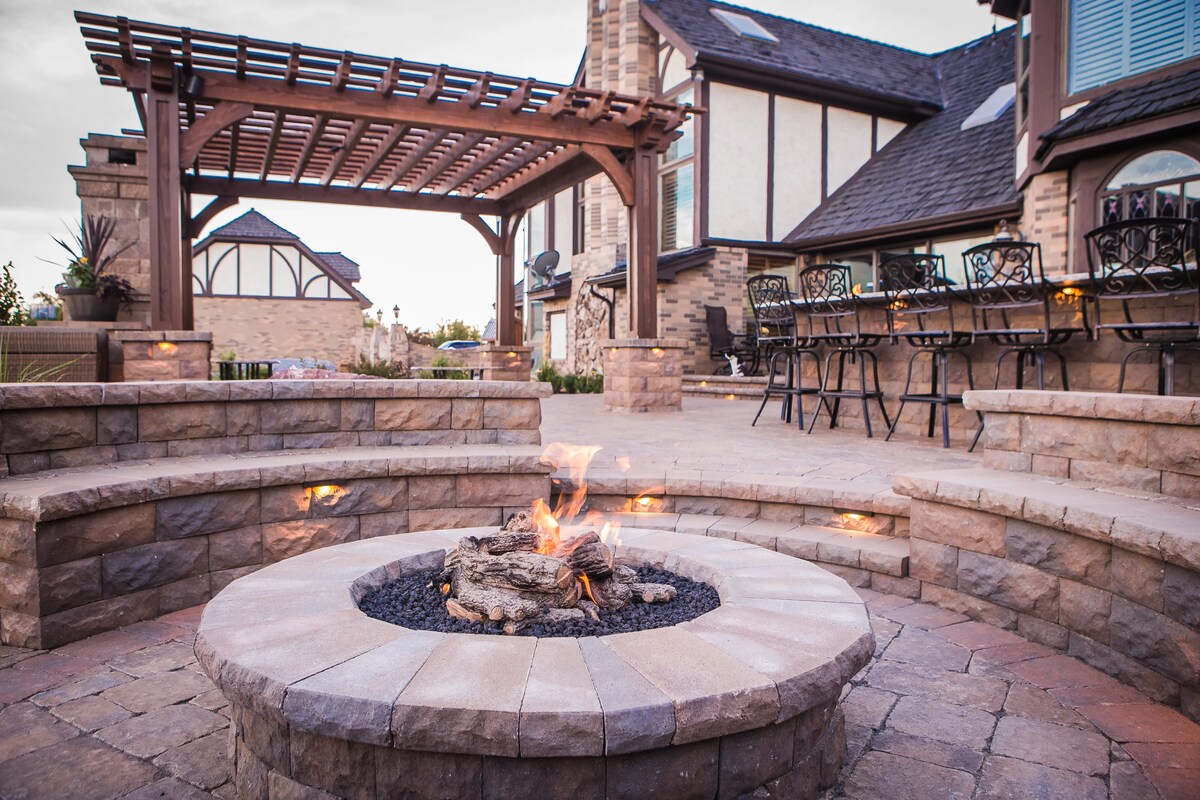
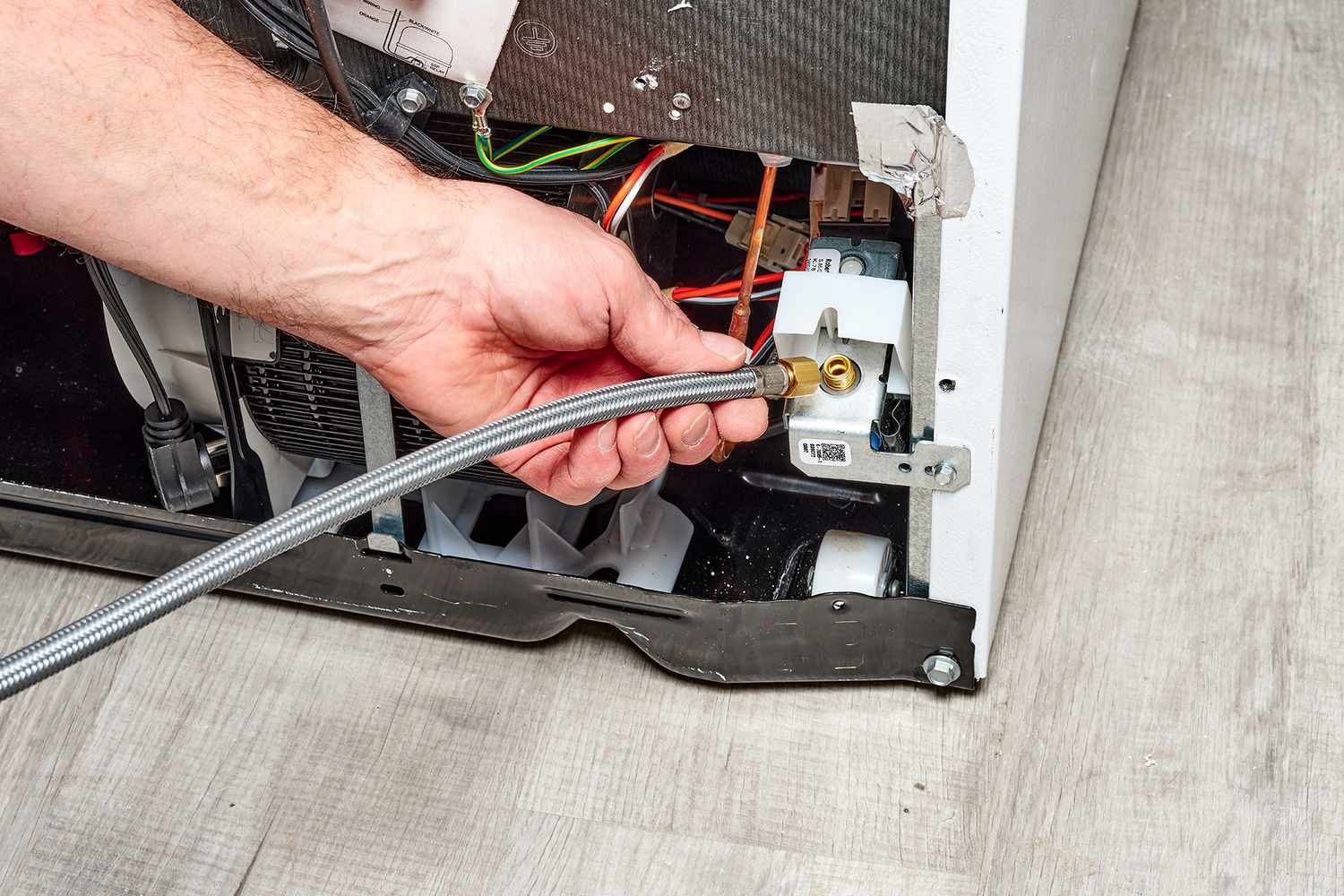
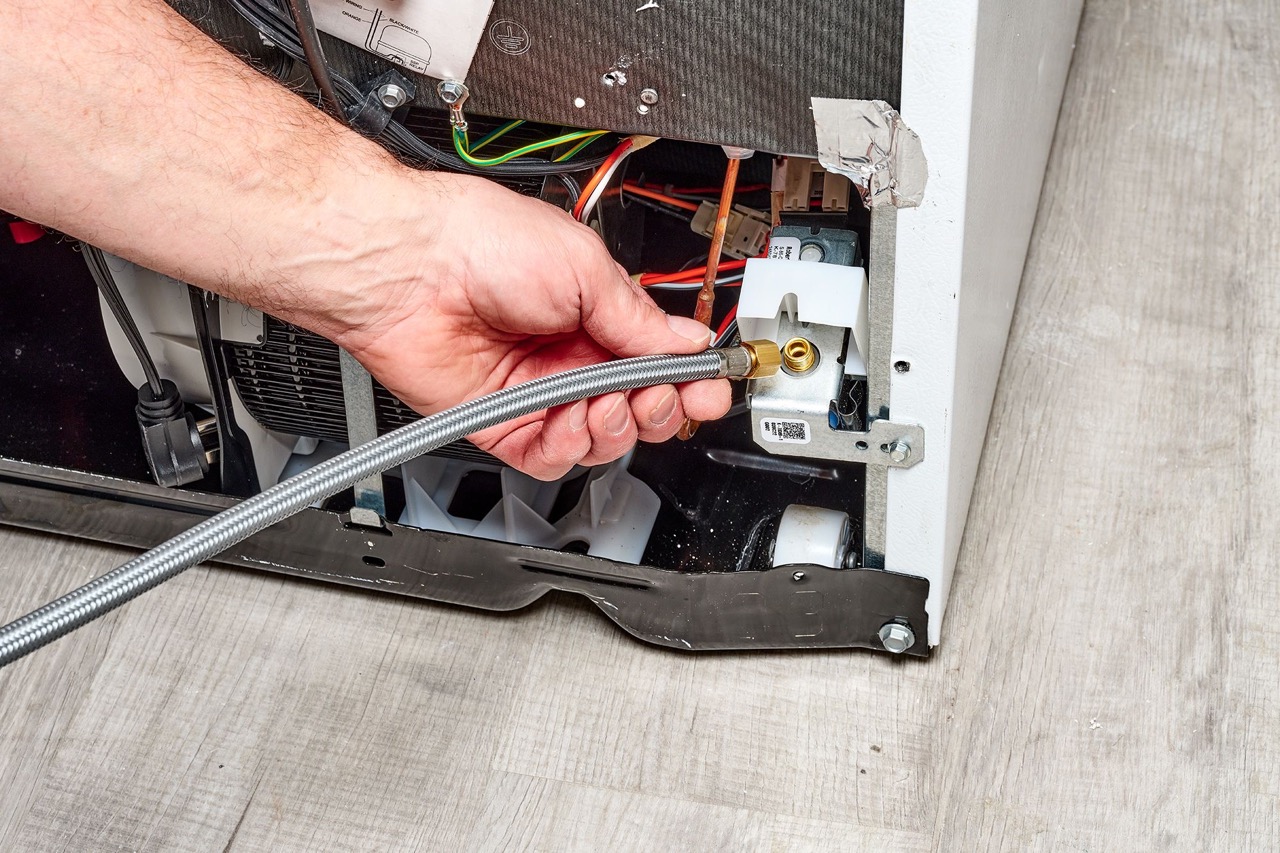
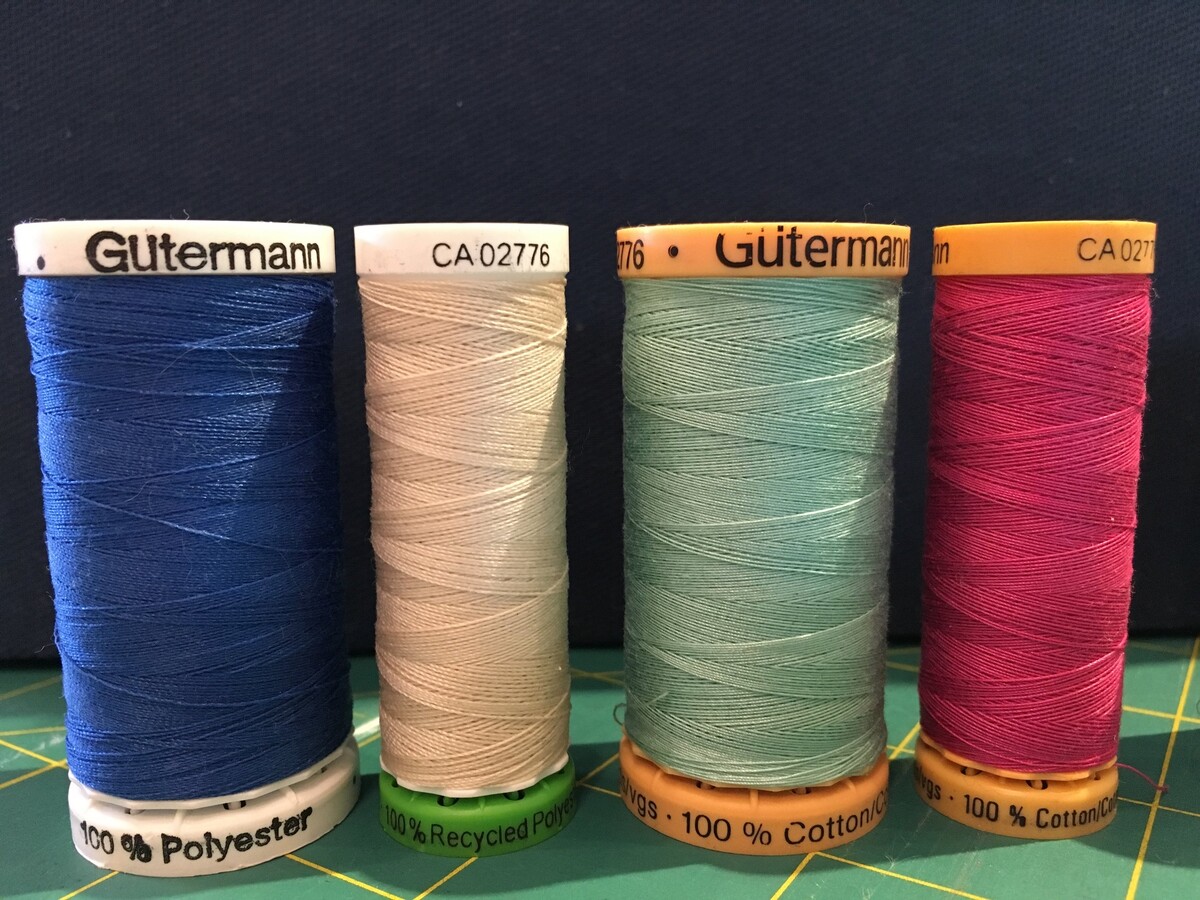
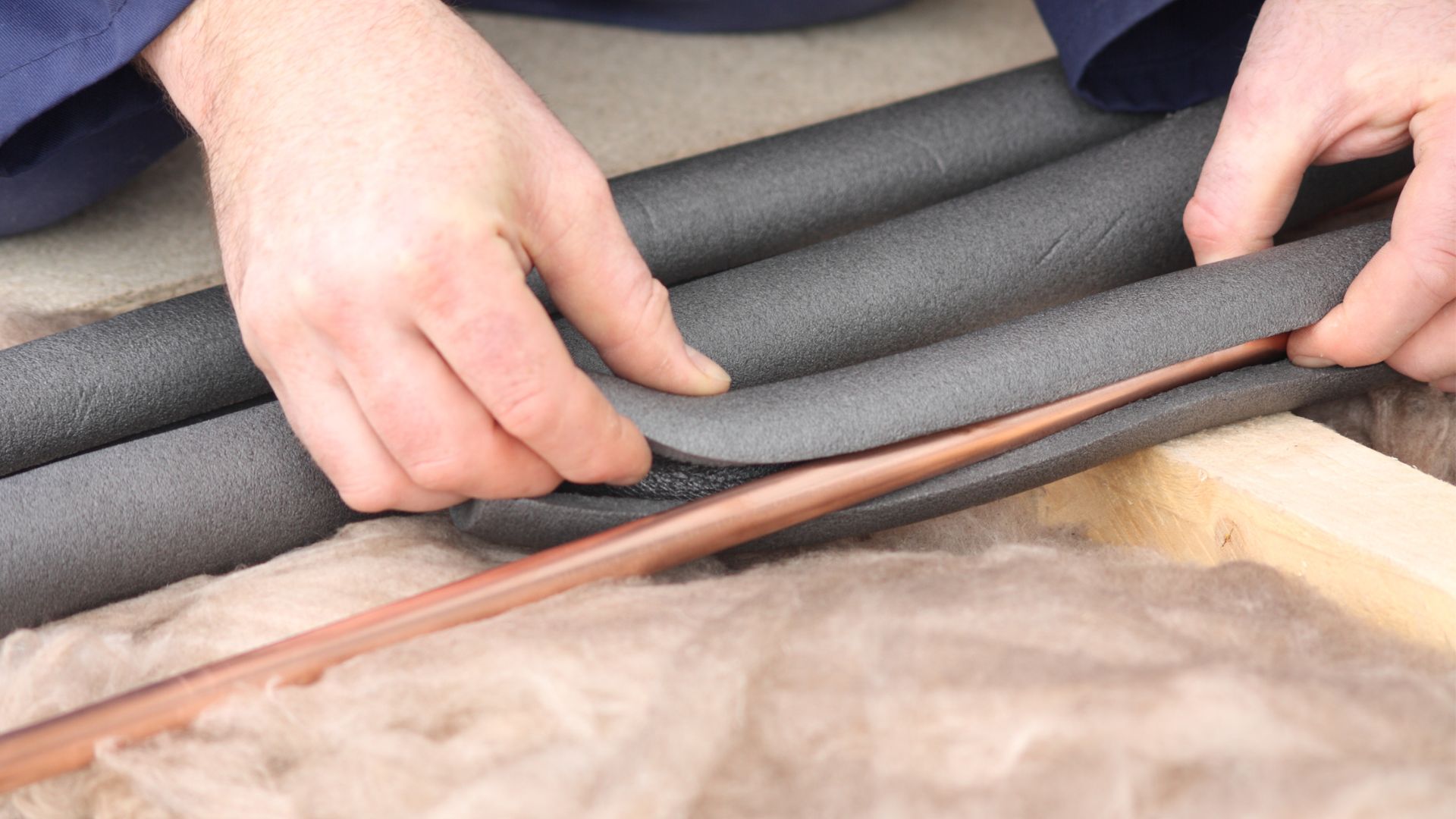

0 thoughts on “What Type Of Pipe For Outdoor Water Line”